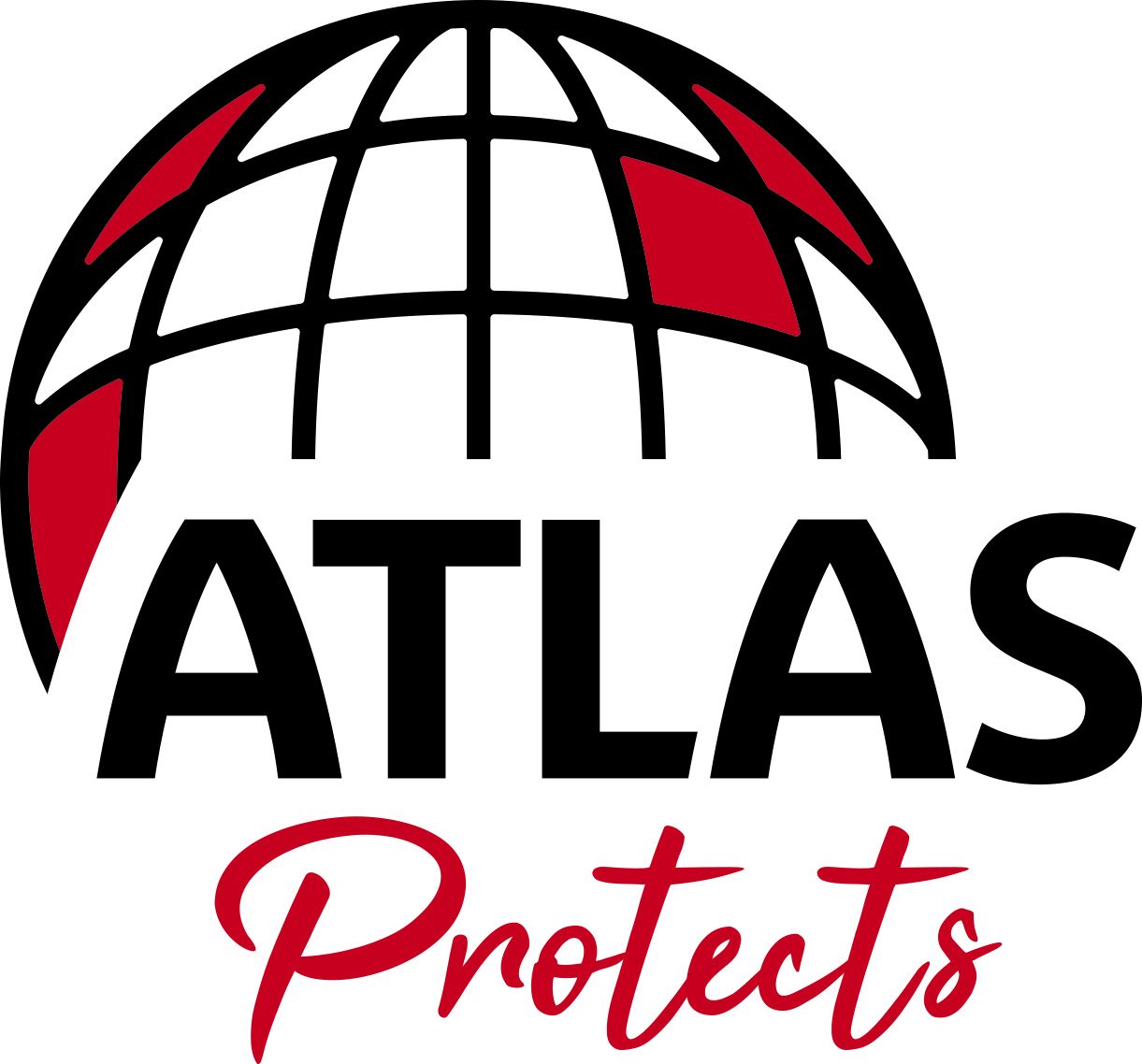Detecting Drips: How to Find a Leak in a Metal Roof
Metal roofs are renowned for their durability and longevity, but like any roofing material, they can develop leaks over time. Detecting and repairing leaks promptly is crucial to prevent water damage and maintain the integrity of your roof. If you suspect a leak in your metal roof, here's a step-by-step guide to help you find and fix it:
1. Safety First: Before inspecting your roof, prioritize safety. Use appropriate safety gear such as non-slip shoes, gloves, and a harness if you're working at heights. Avoid inspecting the roof during wet or windy conditions to prevent accidents.
2. Interior Inspection: Start by inspecting the interior of your home for signs of water damage. Look for water stains on ceilings, walls, and around windows or skylights. Use a flashlight to check for any signs of dripping or moisture in the attic or upper floors. Follow the trail of water stains to locate the approximate area of the leak.
3. Exterior Inspection: Once you've identified the general area of the leak from inside, it's time to inspect the exterior of your metal roof. Look for any obvious signs of damage, such as missing or damaged shingles, punctures, or rust spots. Pay close attention to areas where different roof components meet, such as valleys, flashing, and seams, as these are common leak-prone areas.
4. Check Roof Penetrations: Inspect any roof penetrations, such as vents, chimneys, skylights, and HVAC units, for signs of damage or deterioration around the seals. Sealant around penetrations can degrade over time, leading to leaks. Ensure that flashing is properly installed and intact to prevent water infiltration.
5. Perform a Water Test: If you're unable to locate the leak visually, enlist the help of a friend or family member to assist you with a water test. Using a hose, gently spray water on different sections of the roof while your partner observes the interior for signs of water penetration. Start at the lowest point of the suspected leak area and work your way up gradually.
6. Inspect Roof Seams: Pay close attention to roof seams, where two metal panels overlap or are joined together. Inspect the seams for signs of gaps, loose fasteners, or deteriorated sealant. These areas are susceptible to leaks, especially if the sealant has worn away or been damaged.
7. Consider Hiring a Professional: If you're unable to locate the leak on your own or if the repair seems beyond your expertise, consider hiring a professional roofer with experience in metal roof repair. A skilled roofer can conduct a thorough inspection, pinpoint the source of the leak, and perform necessary repairs with precision and efficiency.
8. Repair the Leak: Once you've identified the source of the leak, proceed with repairs promptly to prevent further damage. Depending on the severity of the leak, repairs may involve resealing seams, replacing damaged panels or flashing, or applying a patch or sealant to the affected area. Follow manufacturer guidelines and best practices for metal roof repair to ensure a durable and long-lasting solution.
By following these steps, you can effectively locate and repair leaks in your metal roof, safeguarding your home against water damage and preserving the integrity of your roof for years to come. Regular roof inspections and maintenance are key to preventing leaks and prolonging the lifespan of your metal roof.





